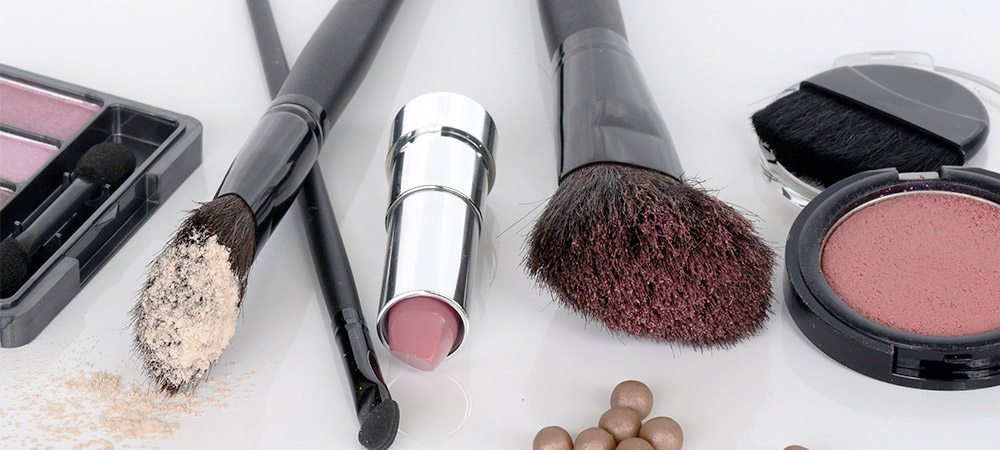Sublingual Immunotherapy
New Job, New Allergies: Common Workplace Allergens
In a recent blog, we dove into adult onset allergies and discovered that there is no proven reason (yet!) as to why allergies suddenly appear in adulthood. Dr. Mary Morris, Allergychoices Medical Advisor, and a lead author of the La Crosse Method™ Protocol, had a few ideas as to why this may be happening, one being…
Read more about common workplace allergens…Allergy Treatment for the Frequent Flyer
These days, it’s unusual to NOT be on the go. Vacationers, college kids, those who travel for work, snow birds — it’s common to be somewhere one week, another place the next. For those with allergies, treating the cause with traditional methods can be difficult, requiring frequent office visits and doctor check ins. Allergy drops…
Read more about allergy treatment for the frequent flyer…3 Populations Allergy Drops Reach That Allergy Shots Do Not
One of the most important hallmarks of the La Crosse Method™ Protocol is the custom, patient-tailored approach to treating allergy. Each sublingual immunotherapy (SLIT) prescription is created based on specific test results, exam and patient history. No two patients are the same, and neither are the allergy drops following this protocol. Because of this personalized…
Read about 3 populations allergy drops reach that allergy shots do not…Brain Health and the MIND Diet
As a society, we’re on the never-ending journey to stay young in mind and body. We do many things to maintain our youth. Exercise, eating right, limiting alcohol intake and avoiding smoking are all factors commonly known to support a better aging process. Though wrinkles and graying hair may be a bother to some, they…
Learn about the Mediterranean-DASH Intervention for Neurodegenerative Delay diet…What’s keeping you up at night? It could be allergy.
Sleep: It’s an essential part of life. In fact, we spend one third of our lives sleeping. Our circadian rhythm, also known as the sleep-wake cycle, is the internal 24 hour cycle which tells our bodies when to sleep, wake and eat. This cycle regulates many biological processes and if disrupted, our sleeping and eating…
Better understand if allergy is keeping you up at night…Kick Dust Mite Allergy to the Curb this Winter
As soon as the weather cools off and activities shift indoors, dust mites smile. Okay, maybe they don’t smile, but they start to populate. It’s their favorite time! As clean as you think you may be, they’re everywhere. Dust Mite Facts Dust mites are eight legged, microscopic creatures. They live in warm areas with high…
Get tips for controlling dust mites…Top 3 Characteristics to Look for in an Allergist
Dr. George Kroker is a partner at Allergy Associates of La Crosse, a co-author of the La Crosse Method™ Protocol, and has been practicing allergy for 38 years. During his time as an allergist, he’s not only helped thousands of people overcome their allergies, but has done so while practicing kindness and compassion along the…
Learn what to look for in an Allergist…Decrease Allergies and Increase Productivity in the Classroom
“Are you ready to go back to school?” Depending on whom you ask — and, maybe, the age of the student — you’ll likely get a different response. Younger kids may squeal with excitement while the teens groan, wishing for an endless summer. With the rise of allergy, both environmental and food, students and parents…
Learn about allergies in the classroom…What Does “May Contain” Really Mean for Food Labeling?
Somewhere between vague and confusing is a food label stating “may contain.” For people with food allergy, knowing if those crackers or that cake contain their allergen is nonnegotiable. So what’s up with the indistinct labels and confusing language? Emily Melby, RDN, at Allergy Associates of La Crosse, explains where this label came from, what…
Learn about food labels...Allergy Can Take the Beauty Out of Beauty Products
The products we use to beautify ourselves cause reactions for many people, leaving them with red, raised skin – a bit counteractive, if you ask me. Beauty products such as shampoo, mascara, lotion, perfume, and eye shadow can all contribute to itching, scratching and even sneezing for people who are “allergic to makeup.” While some…
Learn about allergic reactions to makeup…









